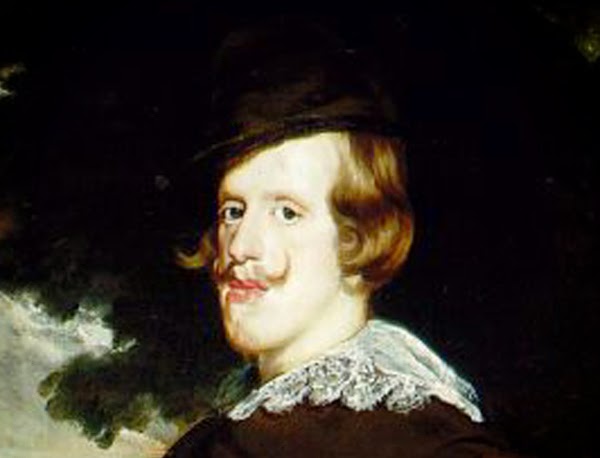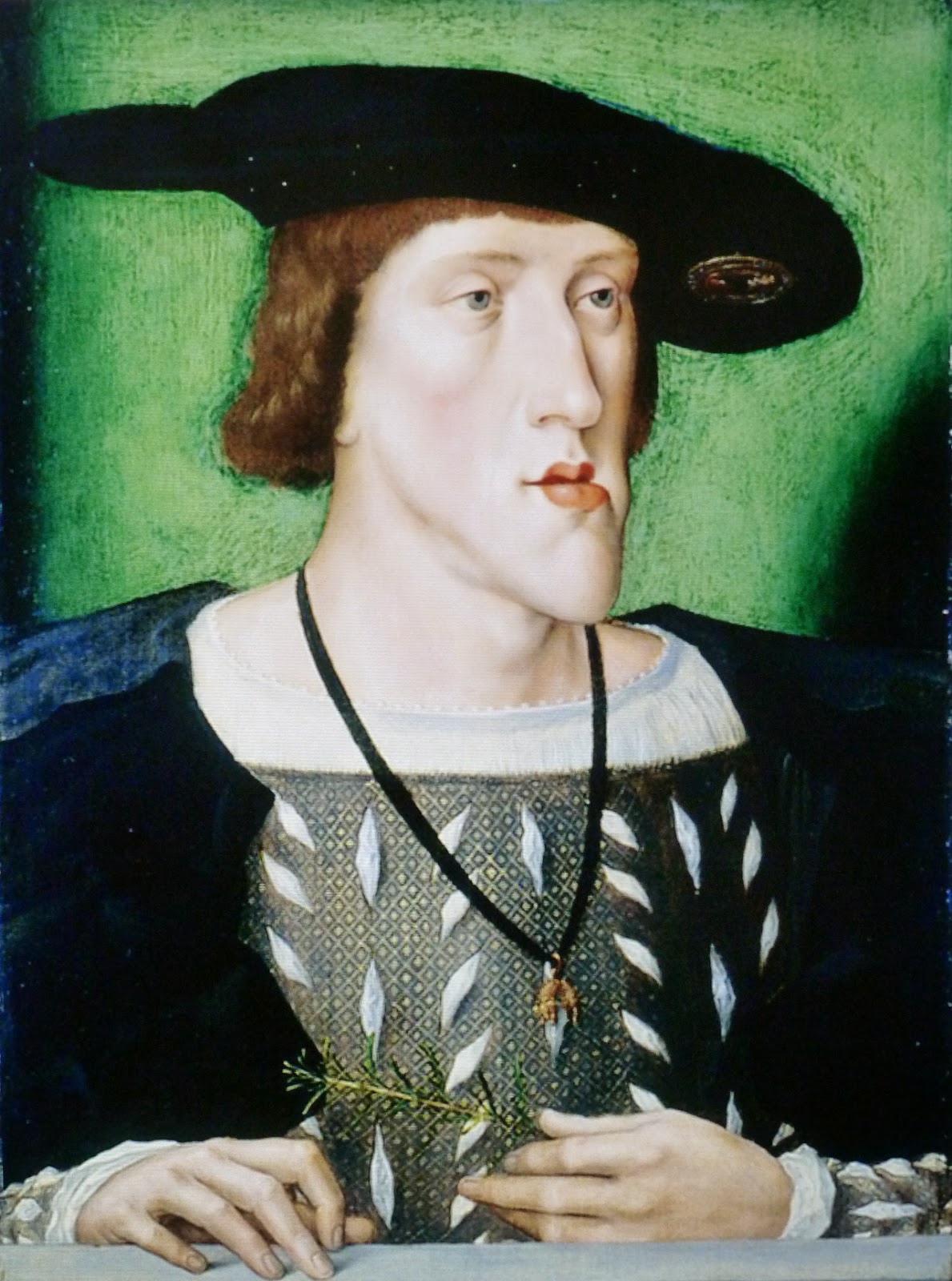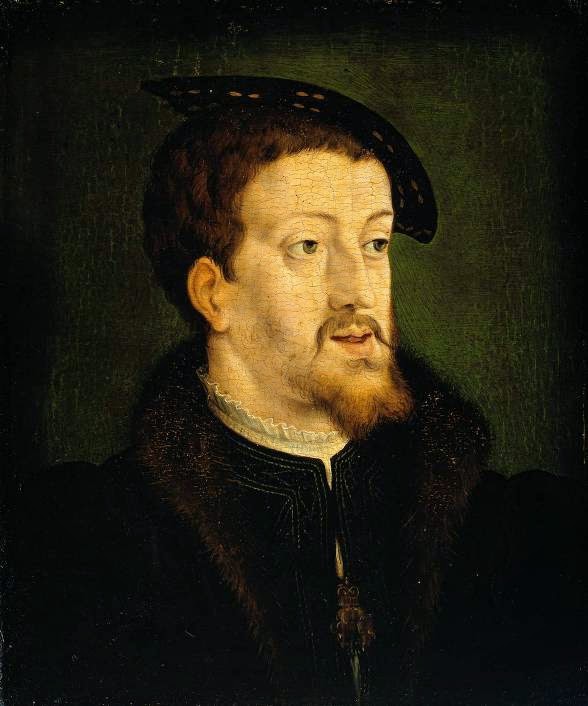
I
seem to be in some sort of book-excavation phase. Books from my past, books which had a strong effect on me one way or another, will pop back into my mind, and because this is the age of the Internet, I can easily buy them used on Amazon for maybe one cent. The rest is shipping and handling.
These include Pathfinders, Gone With the Wind, A Brilliant Madness, Bitter Fame, and others, except I can't remember them 'coz I haven't had my coffee yet.
It's surprising how much these books have changed. Formerly brilliant and impressive works have turned to dust, while others, mysteriously, hold up. My perception of Pathfinders by Gail Sheehy was colored by the fact that, after selling a gazillion copies of her books, she was touched by scandal: she was caught distorting facts, making the data fit the thesis, mainly through creating composites (a little of this person, a little of that person, all shaken and stirred together to create the perfect "character": except that this was supposed to be non-fiction!).
The one I just received from Amazon seems to have turned into a foreign body in the 25 years or so since I took it out of the library. It's a prolonged anti-psychiatric rant called Too Much Anger, Too Many Tears: A Personal Triumph over Psychiatry by Janet and Paul Gotkin.
Janet Gotkin was an unfortunate young woman whose chronic misery and instability dragged her into the labyrinth of the American psychiatric system in the 1970s, where she was institutionalized in a state hospital dredged from Ken Kesey's worst nightmare. She was given dozens and dozens of rounds of shock treatment, numerous mind-slugging drugs, and subjected to useless psychoanalysis by patronizing/patriarchal psychiatrists.
Yes, I believe all this. I can even tolerate, sort-of, the melodramatic and novelesque treatment. Opening the book at random, I find this little bit of conversation:
"Dr. Sternfeld was very busy; the trip from his office took over an hour. He called almost every day, though, the nurses told me.
"You're very lucky to have a doctor who cares so much about you," they said.
I nodded, as the lurching of anger and abandonment ballooned inside me."
This book ends in the most unlikely way: after yet another suicide attempt through swallowing pills, Janet wakes up from a coma, and her mental illness has vanished: "When I woke up from the coma, I was truly happy to find myself still alive. I felt like a person who was rising from her death bed. You can't imagine how beautiful everything looks to me. The smallest, simplest things, Even the noise and dirt of this city."
So, is a near-fatal overdose "the answer", or was Janet Gotkin truly a phoenix mysteriously rising from her own ashes and transcending the horror of years of mistreatment? It puzzles me. No one beats schizophrenia overnight, if she was schizophrenic to begin with. The book went beyond fiction: it was a movie script, with the fragile, pain-ridden heroine sitting up on her death-bed and triumphing at the end while the music swells.
OK, this is a very long and roundabout way to get to my thesis. There was an epilogue added to this "new" edition, and I was jolted, but not surprised, to find that it was an update by Janet Gotkin.
Apparently, she had never had another episode of mental illness: but, in the interim, she had made the gruesome discovery that she was an incest survivor.
In her typical purple prose, she describes the torrential return of long-repressed memory: "The memories come, and continue to come, curtains of secrecy ripped aside, decades of blindness swept away. With each new memory, with each moment in time brought an agonizing consciousness, I find myself nodding in appalled recognition. "Yes, that is how it was," I say, as tears stream across my cheeks."
I'm not saying Janet Gotkin is lying about all this. She seems to believe she has found the Rosetta stone for decoding her decades of pain through the miracle of recovered memory.
There's only one fly in the ointment. All this was written in 1991.
Ah, the early '90s, when incest memories were front-page news, when Ellen Bass and Laura Davis made millions with their incest Bible, The Courage to Heal, when scatty-looking women went on Phil Donahue to talk about "alters" and demonic cults.
From women's magazines plastered with sensational articles about sadistic Dads, Satanic ritual and multiple personality disorder, which supposedly ran rife, we now have exactly nothing. No one is writing a thing about it. Maybe that's because there were lawsuits, and a formidable juggernaut called the False Memory Syndrome Foundation (suspiciously, headed up by a couple whose daughter had "falsely" accused her father of incest. The daughter, a psychologist by trade, wrote a scathing book debunking the entire false memory movement.)
Personally, I think the false memory brigade with its complete refutation of the incest canon did a lot to push this issue back into the closet. Sexual abuse, when we refer to it at all, is something that happened to altar boys 40 years ago in the Catholic church. The sanctity of the nuclear family has more or less been restored.
It's called "recanting", and an awful lot of women must have done it. As with Janet Gotkin, the whole thing looks mighty murky to me.
I've been reviewing books for 25 years, and I think I know when facts are being manipulated (see Sheehy, above). The Gotkins don't just create sympathy for poor Janet, they paint her as a sort of latter-day Joan of Arc, sacrificed on the altar of heartless and dehumanizing psychiatry. To muddy the waters even further, she sometimes begs for a form of treatment which she frankly believes is barbaric:
"I want shock treatments," she said.
"Shock treatments?"
"I've been thinking about it. I don't want to go through all those years of torture and agony again. If shock treatments can lift me out of this episode of anxiety, then. . . "
Oh brother.
But in spite of her bizarre complicity in all this torture, the author seems to need to come up with an explanation, however delayed, as to why she got so sick in the first place. In 1991, the most prevalent explanation for everything that went wrong with women was incest. From a murmuring, it gradually escalated into a monumental scream: j'accuse!
Predictably, this didn't go down so well with families. It was civil war in most cases, with lawsuits ripping the fabric apart, and survivors mostly losing. This was because it was nearly impossible to verify memories, and in most cases there was no evidence that would hold up in court. Many survivors had their victories overturned, and Daddy was let out, grinning and glad-handing, proving to the world that he "would never" do such a thing to his daughter or anyone else.
But it happened, this toxic flood. I was there, I saw it. Women with vivid imaginations, Gotkin types, were most susceptible. In her case, she already saw herself as a sacrificial lamb, nearly losing her life that others might live. So the same thing must have happened to her that nearly destroyed millions of others.
OK, then: explain this to me. Where have all the survivors gone? Why are there no more memoirs of abuse, no more articles about dark memories flooding back, or multiple personality, or Satanic ritual abuse? What the hell happened?
Maybe everyone got sick of it, sick of the impossibility of proving it in court, and decided to just pick up their lives again. I don't know. But it's interesting to me that Gotkin was one of the incest crowd. I know I sound cynical; I know I sound like I don't believe all these women (and shouldn't we always believe women, especially women wounded by the system?).
But the truth is infinitely more complicated than that. It isn't a matter of a clean polarity, of either "yes to all memories" or "no to all memories". The truth is, when it comes to the veracity of what we call recovered memory, nobody really knows.
How did I arrive at this huge and perhaps unresolvable psychological question mark? I too was one of the incest crowd, utterly convinced that I had been horribly abused by my father. I had all sorts of therapeutic support and sympathy as I moved through the excruciating ordeal of recovering traumatic memories. The main result was that my family of origin never spoke to me again.
I was never hypnotized or coerced, as some women were (some of whom sued their therapists after the fact). But like most writers, I have exceptionally long emotional antennae, and I will pick up whatever vibe is dominant at the time. This will inevitably set me vibrating like a tuning fork.
So what happened to me? I don't know. It must've been something, something awfully big. But I am convinced a lot of those specific memories were either distorted or unintentionally/unconsciously constructed by a mind desperate to make sense of a baffling, unbearable pain. Add to that the powerful template of what looked like a giant social movement, gruesome women's stories coming at me from every direction, and, well. . .
It took a long time, but eventually I got past it all and took up my life again. It hadn't been a particularly enlightening experience. I could have done without it. And the cost had been astronomical, like losing an arm. Being completely ostracized from one's family, forever, is not a pleasant experience. There is no going back. Even if I threw myself on the ground before them, which I will never do, I would always be seen as the "bad guy", the one who did irreparable damage to the family by accusing a completely innocent man of a heinous crime.
It was ugly. So ugly it nearly did me in.
"I still hurt a lot, but I know that I am healing, from the inside out, slowly but cleanly, wounds open to the light instead of festering in darkness," Gotkin writes in a style that is both eloquent and distressingly purple. What played well in the early '90s is wince-inducing 20 years on. But I remember that myth, promulgated in nearly every incest book I ever read: all this horror and pain would inevitably lead us to "healing", "wholeness", and a renewed joy in life. This would be great if it ever really happened, but I never once saw an example. Most of the survivors I knew were obsessed with their "issues" and never resolved them. They retreated into a sort of emotional twilight before disappearing altogether. The "healing" we had all sought with such desperation was as theoretical and as impossible to prove as the dusty, woman-hating theories of Sigmund Freud.
I wonder where Gotkin is now. Sometimes I wonder if she has had a relapse. When she speaks of the agony of recovering her memories, it makes your scalp crawl:
"I wanted to be crazy, to be sick, to be dead. I wanted to cut my wrists, take pills, jump off a dam, lie down on the railroad tracks as the train pulled out of Grand Central Station. Anything to blot out this knowledge. 'How could this be?' I asked myself, over and over, an incantation against evil."
Gotkin is a little vague about who in her family actually abused her, but one wonders what the fallout was. Published in a memoir as "fact", these are immensely powerful allegations, and they aren't backed up by anything solid. Back then, memories were enough: for a while. Then the whole thing went haywire. It sputtered, spun around a few times, and disappeared.
The anti-psychiatry movement has been around for a long time, and it would have us believe that there are no good psychiatrists, no good drugs, no good therapy at all. In truth, I believe that human beings grope around, sometimes (though not always) with good intention, to try to help people whose brains have sprung like a tightly-wound coil. I can't believe all psychiatrists are sadists or patriarchal misogynists. Some of them are women, for God's sake (though my own experience tells me that female psychiatrists can be the worst oppressors of all).
The truth is, we don't understand mental illness very well because the brain is an exceedingly complex organ, an organ which must try to understand itself. We use our brain to understand our brain. Luckily our spleens don't have to do that. Genetics, environment, personality, family history, and (yes!) abuse all play vital roles in how a person's brain develops.
OK, here's the theory of the day. (It's my blog, and I'll theorize if I want to.) I think some people are born with a vulnerability for mental illness entwisted into their DNA, but if they are nurtured in a home which is loving and supportive, they may just escape the horror and turn into artists or opera singers or Steven Spielberg. But here's the problem. If you're born with a genetic predisposition, it's likely that those around you (especially your parents) also have this predisposition, which may be manifested in its full-blown form. So how do they know how to love and nurture an unusually sensitive, emotionally vulnerable child? Will they have the psychological supplies, when their illness already takes up so much space that it's more like a space-and-a-half?
Mental illness is so hated, dreaded, and abhorred in this culture that it spawns considerable self-hatred in those who endure it. This doesn't help in treatment, because it leads to some pretty powerful self-defeating behaviour. Often, addictions and other compulsive behaviours get tangled into the mix, making recovery difficult, if not impossible. I'm not blaming the victim here, just stating something that somehow never gets stated. Like Janet begging for shock treatments, a person with mental illness can be her own worst enemy. To get better, significantly better, you simply have to get on your own side.
I am tired now. This post is probably not very well-organized, but it's not an essay, just some thoughts, thoughts deeply distilled over many, many years. This is a monster topic for me, because it affected me so dramatically 20 years ago. Where are all the women who told their hair-raising stories in The Courage to Heal? Whither the survivors? What are their lives like today?
I can't say. I can only put one foot in front of the other.















